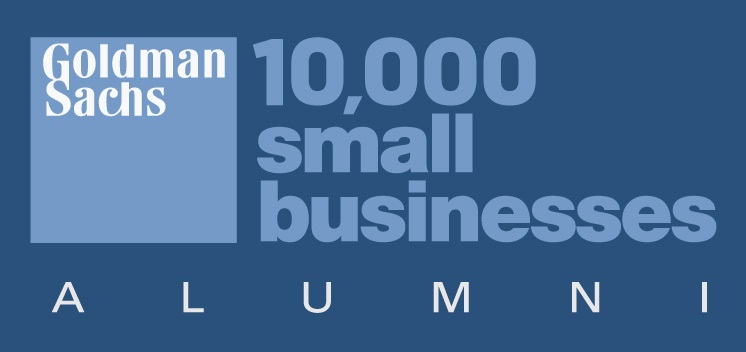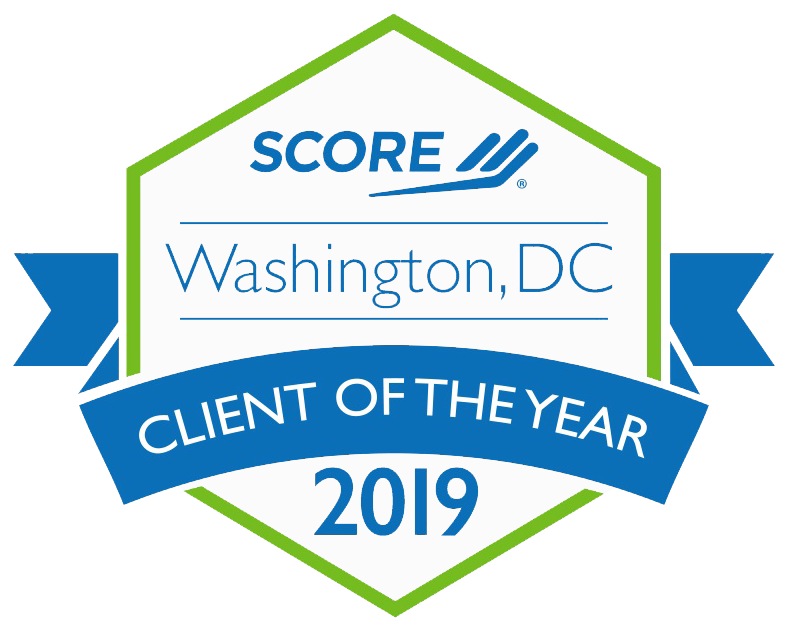Navigating Federal Grant Single Audit Challenges
For organizations that receive federal grants, the single audit process is a crucial component to ensure accountability, transparency, and compliance with federal regulations. Single audits can be complex and challenging, requiring meticulous preparation, documentation, and coordination. We’ll highlight some of the key challenges faced by organizations during the federal grant single audit process and discuss strategies to overcome them.
Evolving Compliance Requirements:
One of the foremost challenges organizations face during a single audit is keeping up with evolving compliance requirements. Federal regulations and guidelines are subject to change, and staying updated is essential. Organizations must closely monitor the Uniform Guidance and other relevant regulations to ensure their grant management practices align with the latest compliance requirements. Engaging with experts, attending training sessions, and regularly reviewing guidance documents can help organizations stay abreast of the ever-changing compliance landscape.
Understanding Complex Compliance Areas:
The single audit process often involves assessing compliance across various areas, such as allowability of costs, procurement standards, time and effort reporting, subrecipient monitoring, and indirect cost allocation. These compliance areas can be complex and require a comprehensive understanding of the applicable regulations. Organizations should invest in staff training and professional development programs to enhance their knowledge and competence in these areas. Engaging external consultants with expertise in federal grants management can also provide valuable insights and guidance.
Documentation and Recordkeeping:
Documentation is the backbone of a successful single audit. Maintaining accurate, complete, and well-organized records is crucial for demonstrating compliance and supporting the audit process. However, many organizations struggle with recordkeeping challenges, such as inadequate documentation, missing files, or incomplete records. Implementing robust grant management systems, developing standardized procedures, and training staff on proper recordkeeping practices can significantly alleviate these challenges. Regular internal audits can help identify gaps in documentation early on, allowing organizations to rectify any deficiencies before the single audit.
Time and Resource Constraints:
Conducting a single audit requires significant time and resources. Organizations often face challenges in allocating dedicated staff, expertise, and sufficient time to prepare for and participate in the audit process. It is essential to establish a well-defined preparation plan, with clearly defined roles and responsibilities, and internal timelines, to ensure adequate preparation and timely completion of audit requirements. Additionally, organizations should consider leveraging technology solutions to streamline processes, automate data collection, and facilitate collaboration among team members.
Subrecipient Monitoring:
Many organizations that receive federal grants distribute funds to subrecipients, adding an additional layer of complexity to the single audit process. Ensuring proper subrecipient monitoring and compliance with federal regulations can be challenging. Organizations must develop robust subrecipient monitoring policies, conduct regular assessments, and provide adequate training and support to subrecipients. By establishing clear lines of communication and implementing effective monitoring mechanisms, organizations can mitigate the risks associated with subrecipient management.
Federal grant single audits are designed to promote accountability and compliance among organizations receiving federal funding. While these audits present several challenges, with careful planning, diligent documentation, and a proactive approach to compliance, organizations can successfully navigate the process. By staying informed about changing regulations, investing in staff training, implementing efficient recordkeeping practices, and fostering strong subrecipient relationships, organizations can overcome these challenges and ensure a smooth and successful single audit experience.





